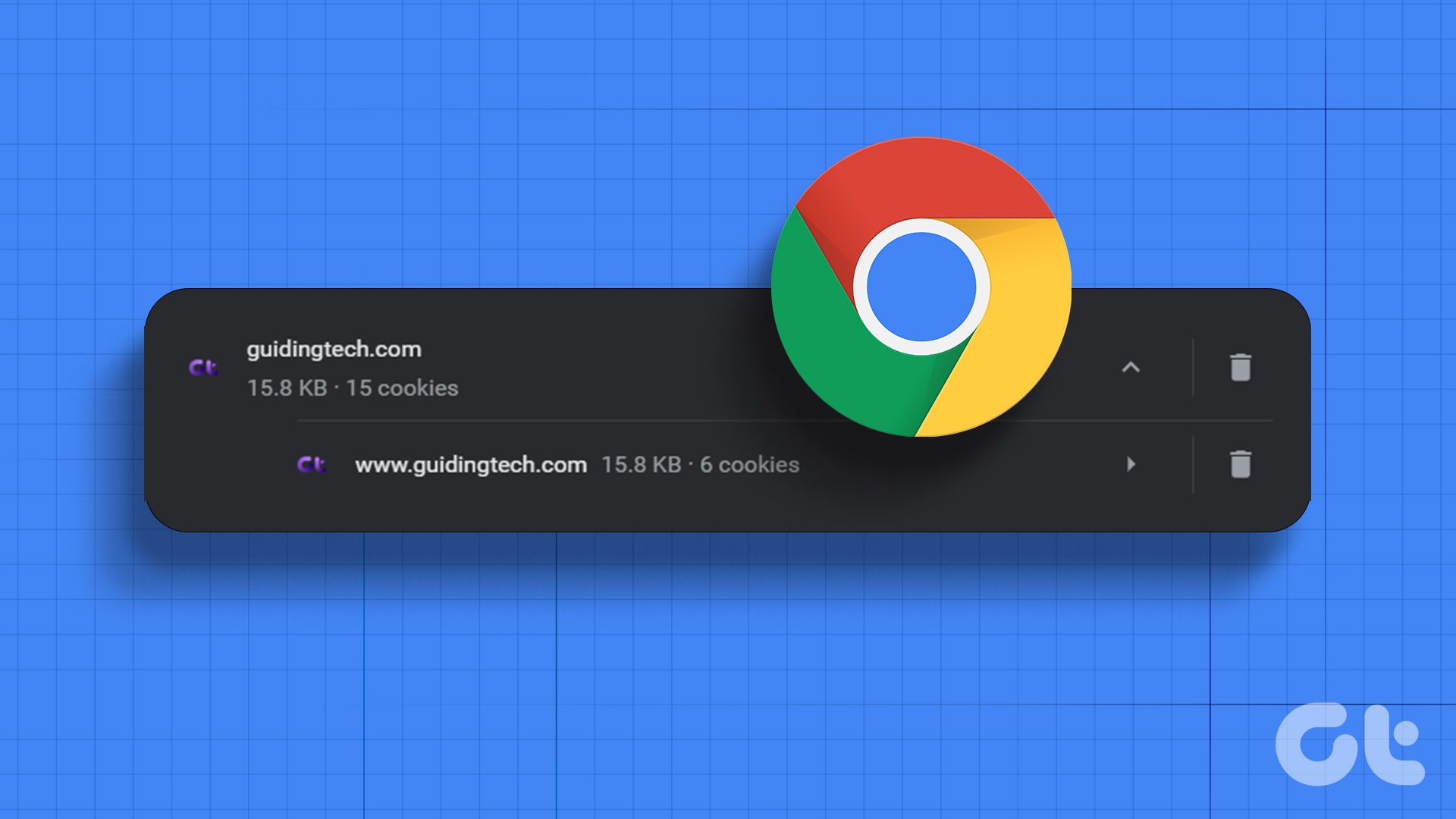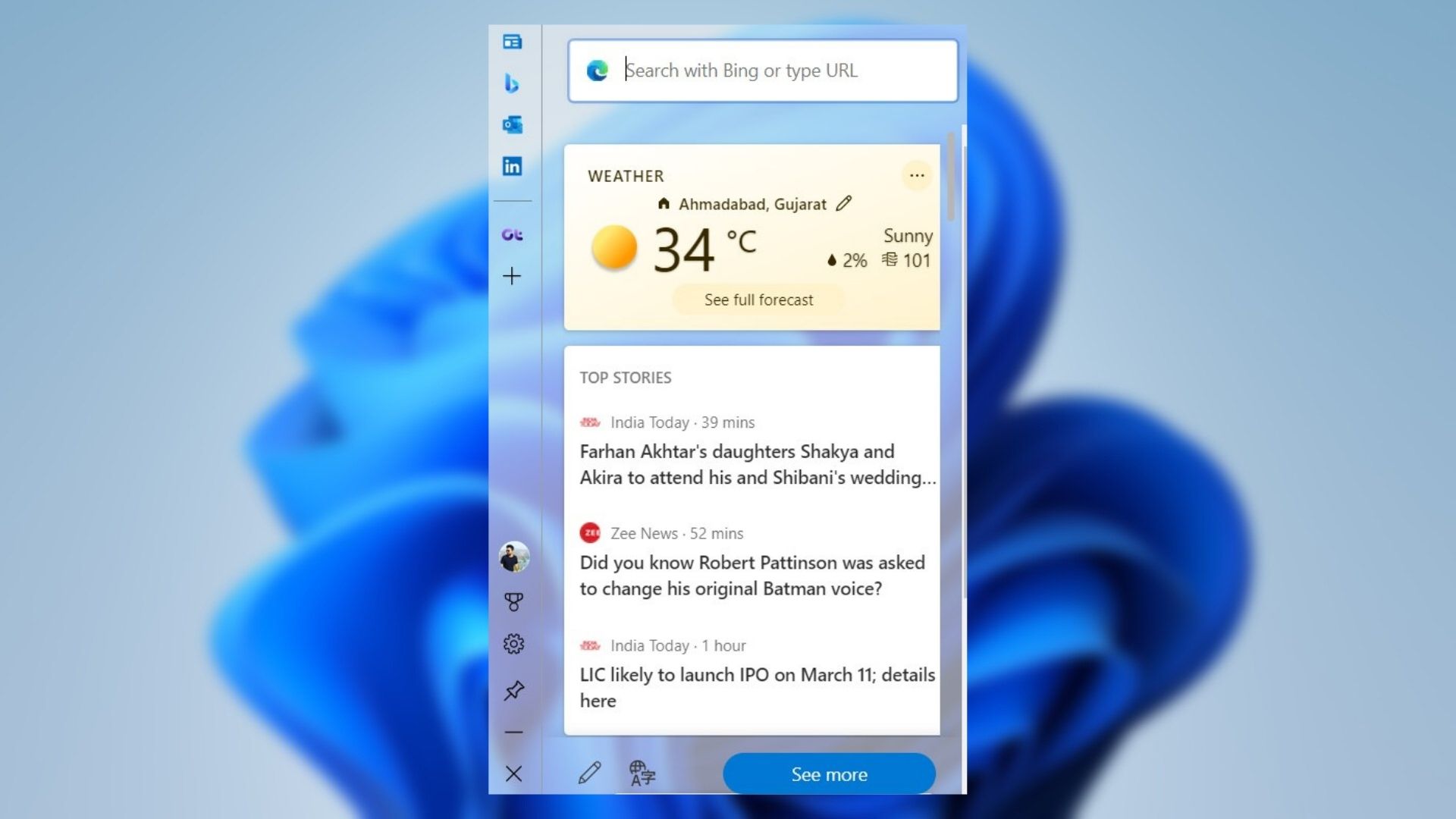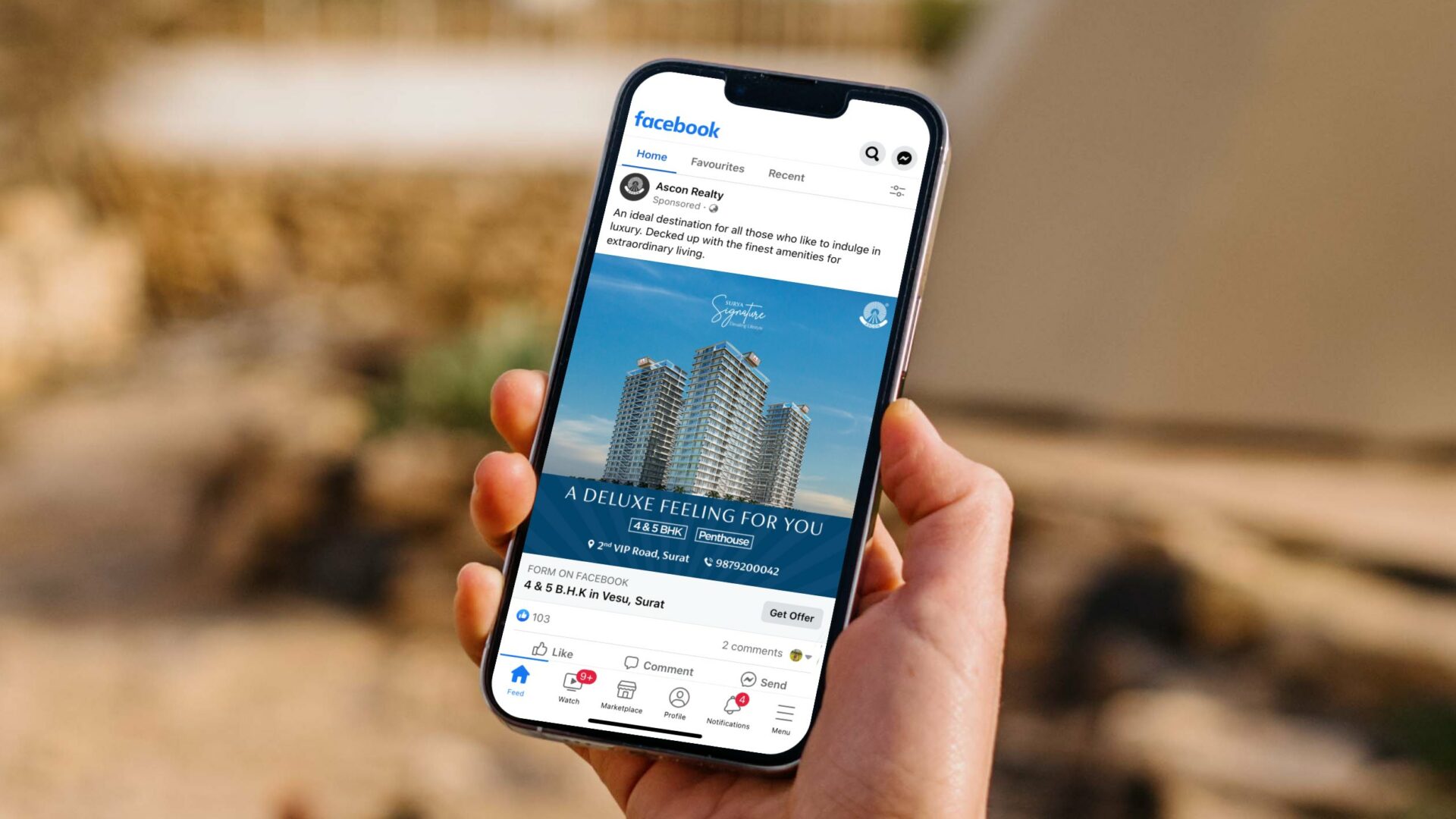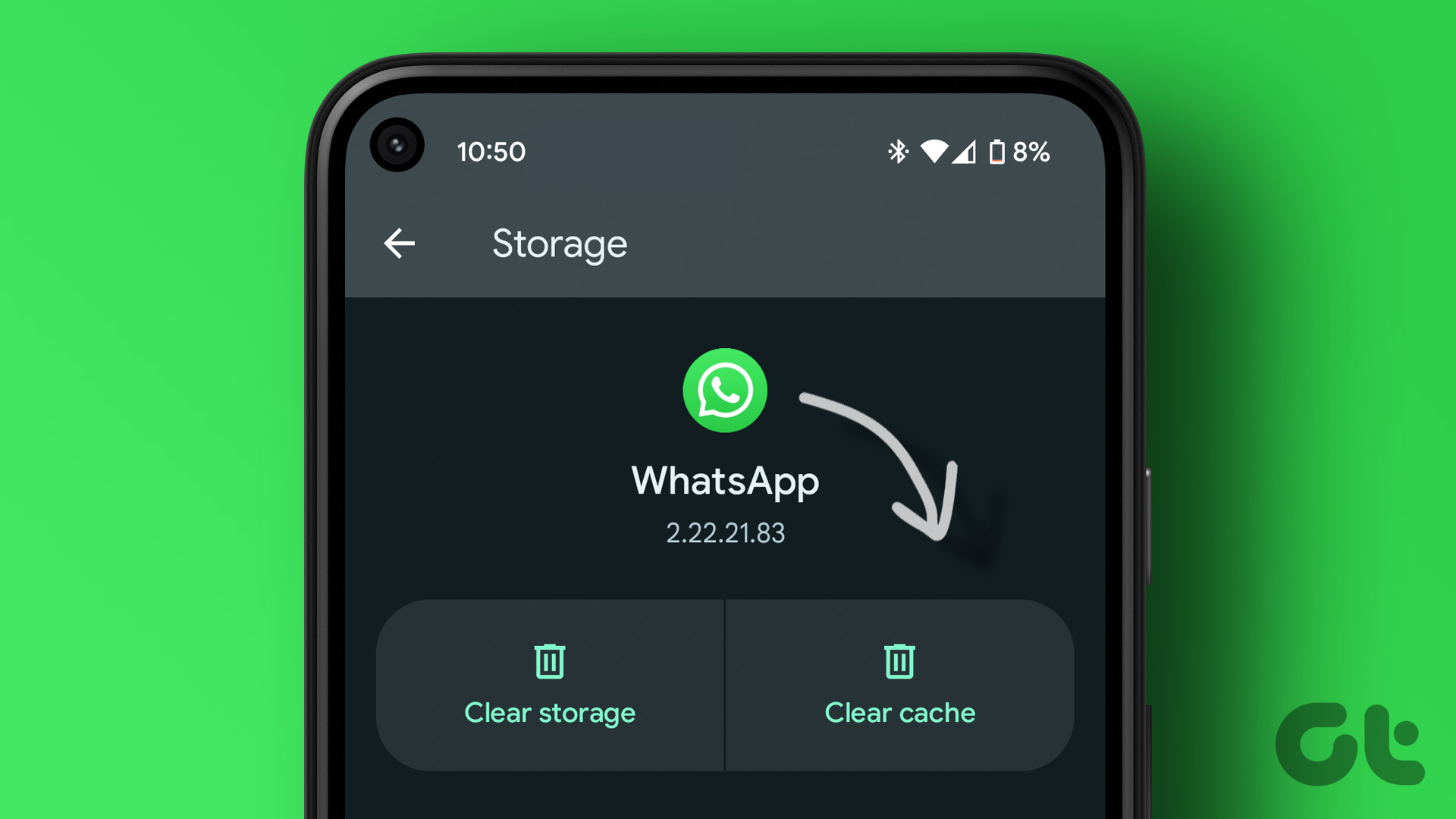The cookies and cached data that accumulate while visiting websites in Microsoft Edge have a purpose. Cookies help the browser remember your preferences, while the cached data helps speed things up considerably while revisiting websites. However, keeping old cache and cookies may cause problems. Therefore, you should clear the cache and cookies on Microsoft Edge.
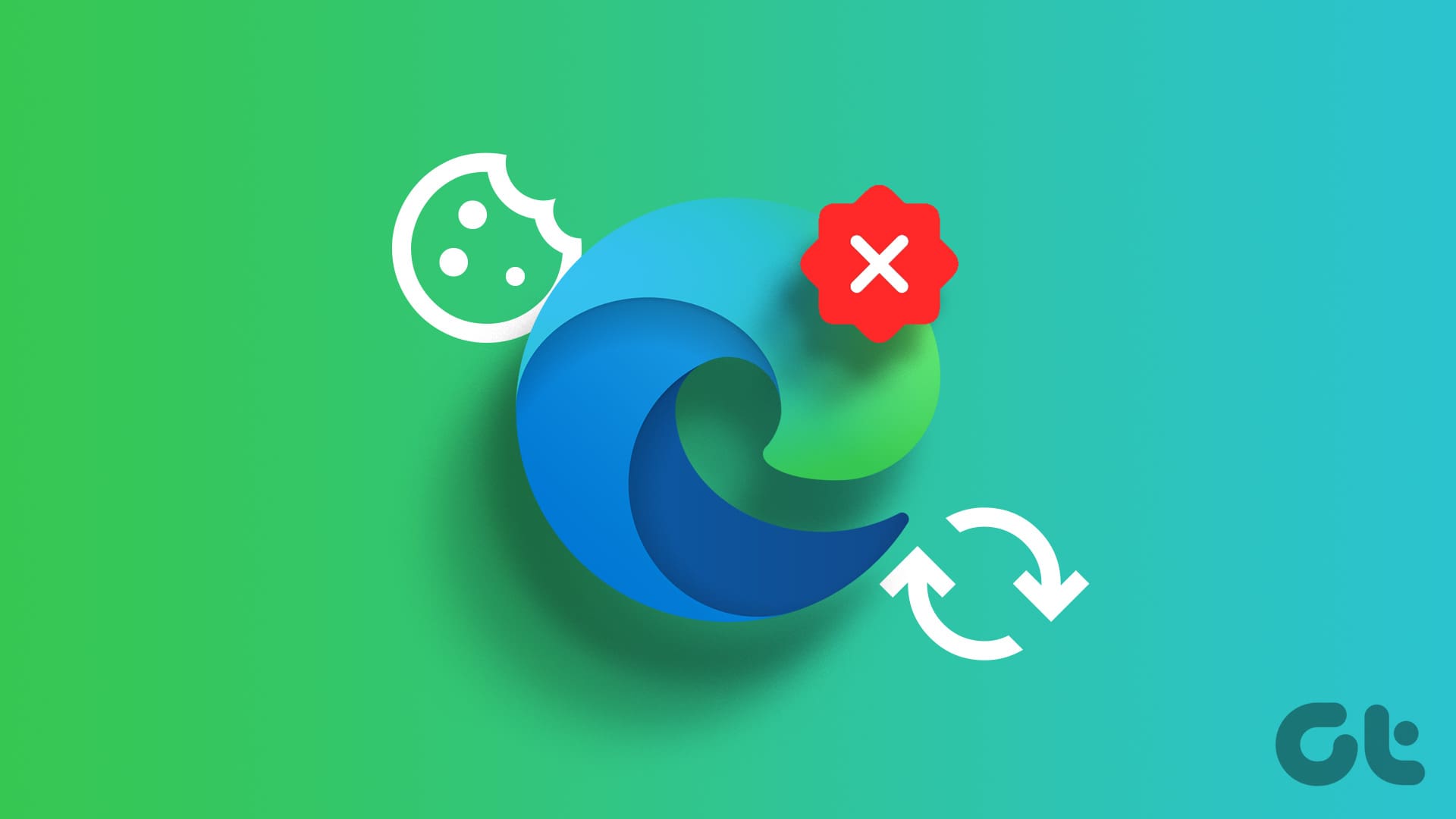
For starters, cookies can pose a risk to both privacy and security. In shared device scenarios, someone else can gain access to a secure web portal that you previously signed onto, courtesy of the cookies already available from previous visits.
On the other hand, the browser cache may be the root cause of various errors and issues while interacting with sites in Microsoft Edge. Simply put, sites will fail to work as they should if the cached content gets obsolete.
To prevent such issues from happening, or as a means to troubleshoot certain site-related hiccups, it’s always a wise idea to clear your cookies and cache. There are multiple ways to do that in Microsoft Edge. But first, let us understand what happens when you clear cache and cookies in Microsoft Edge.
Also Read: How to Use Microsoft Edge Workspaces on Mac and Windows PC
What Happens When You Clear Cache and Cookies in Microsoft Edge
When you clear cookies and cache in Microsoft Edge, you essentially erase temporary internet files stored on your device. Cookies are small bits of data that websites store on your computer to remember your preferences and login information, while the cache holds copies of recently visited web pages.
Clearing cache and cookies can improve browser performance by freeing up space and ensuring you access the most updated versions of websites. It also helps protect your privacy by removing stored data that could potentially be used to track your online activities.
Further, clearing the cache and cookies in Microsoft Edge can resolve bugs by deleting corrupted or outdated temporary files that might be causing issues, allowing the browser to fetch fresh data and resources from websites, and potentially any bugs and issues.
Clear Microsoft Edge Cache and Cookies in Windows and Mac
Here are all the ways by which you can clear cache and cookies on Microsoft Edge on Windows and Mac.
1. Visit Settings to Clear Browser Cache in Edge
Visit the Settings panel in Microsoft Edge, and you can easily delete the cookies and cache. It’s not the fastest way to go about clearing your data, but it’s a method well worth remembering just in case the speedier methods further below fail to work.
Step 1: Open the Edge menu (click the three-dot icon in the upper-right corner of the screen). Afterward, click Settings to get to the Edge Settings panel.

Step 2: Click the side tab labeled Privacy and Services.

Step 3: Scroll down to the section labeled Clear Browsing Data, and then click the Choose What to Clear button next to Clear Browsing Data Now.

Step 4: Use the pull-down menu underneath Time Range, and then select the time duration from which you want to delete your data — last hour, 24 hours, 7 days, 4 weeks, or all data.

Step 5: Check the boxes next to Cookies and Other Site Data and Cached Images and Files. You can also choose to clear other forms of data, such as browsing history and download history, that might pose a risk to privacy.
Warning: Leave the Passwords and Auto-fill Form Data boxes (further down the list) unchecked before proceeding. Otherwise, you will have to add passwords and also form data again.

Step 6: Click the button labeled Clear Now.

That should prompt Microsoft Edge to delete both the cookies and cache from the selected time duration.
2. Use a Keyboard Shortcut
A considerably faster way to get to the Clear Browsing Data box in Step 4 of the method above involves using a simple keystroke. Press the Shift+Ctrl+Delete keys simultaneously, and the Clear Browsing Data box should instantly open in a new tab.

Then it’s just a matter of selecting the checkboxes next to Cookies and Other Site Data and Cached Images and Files (including any other forms of data that you want to delete), selecting an appropriate time, and then clicking Clear Now.
3. Automatically Clear Cache in Microsoft Edge
If you prefer clearing your cookies and cache regularly, then there’s a method to make the process a whole less tedious. Microsoft Edge sports the ability to automatically delete any accumulated cookies and cache each time you exit it, similar to using InPrivate Windows. The following steps should help you figure out how to set up the browser to do that.
Step 1: Open the Edge menu, and then click Settings.

Step 2: Click the side tab labeled Privacy and Services.

Step 3: Scroll down to the section labeled Clear Browsing Data, and then click Choose What to Clear Every Time You Close the Browser.

Step 4: Turn on the switches next to Cookies and Other Site Data and Cached Images and Files. Also, turn on the switches next to any other form of data that you want Microsoft Edge to delete automatically.

Microsoft Edge will then delete your cookies and cache automatically whenever you exit the browser from now onward. Keep in mind that you must exit all Edge windows for that to happen.
4. Clear Individual Site Data on Microsoft Edge
Microsoft Edge also allows you to delete cookies and cache for a single site. That helps you deal with any security or performance-related issues for any specific site while letting you avoid the downsides of deleting the entire browser cache and cookies (such as having to sign in to all sites from scratch afterward).
Step 1: Open the Edge menu, and then click Settings.

Step 2: Click the side tab labeled Site Permissions.

Step 3: Click Cookies and Site Data underneath Site Permissions.

Step 4: Click the option labeled See All Cookies and Site Data.

Step 5: Search for the site that you want to delete the cookies and cache using the search bar in the upper-right corner of the screen.

Step 6: Click the trash can-shaped icon next to each search result (certain sites may show up more than once) to delete the cookies and cache related to the site.

Microsoft Edge will then cache a fresh instance of the site (and create a fresh set of cookies) the next time you visit it.
5. Clear Microsoft Edge Cache Without Opening
If you are unable to open Microsoft Edge due to an issue – you can clear the cache and cookies without opening the application. Here’s how you can do it.
On Windows
To Clear the Cache, open File Explorer, and paste the following path in the address bar.
%localappdata%\Microsoft\Edge\User Data\Default\Cache\Cache_Data
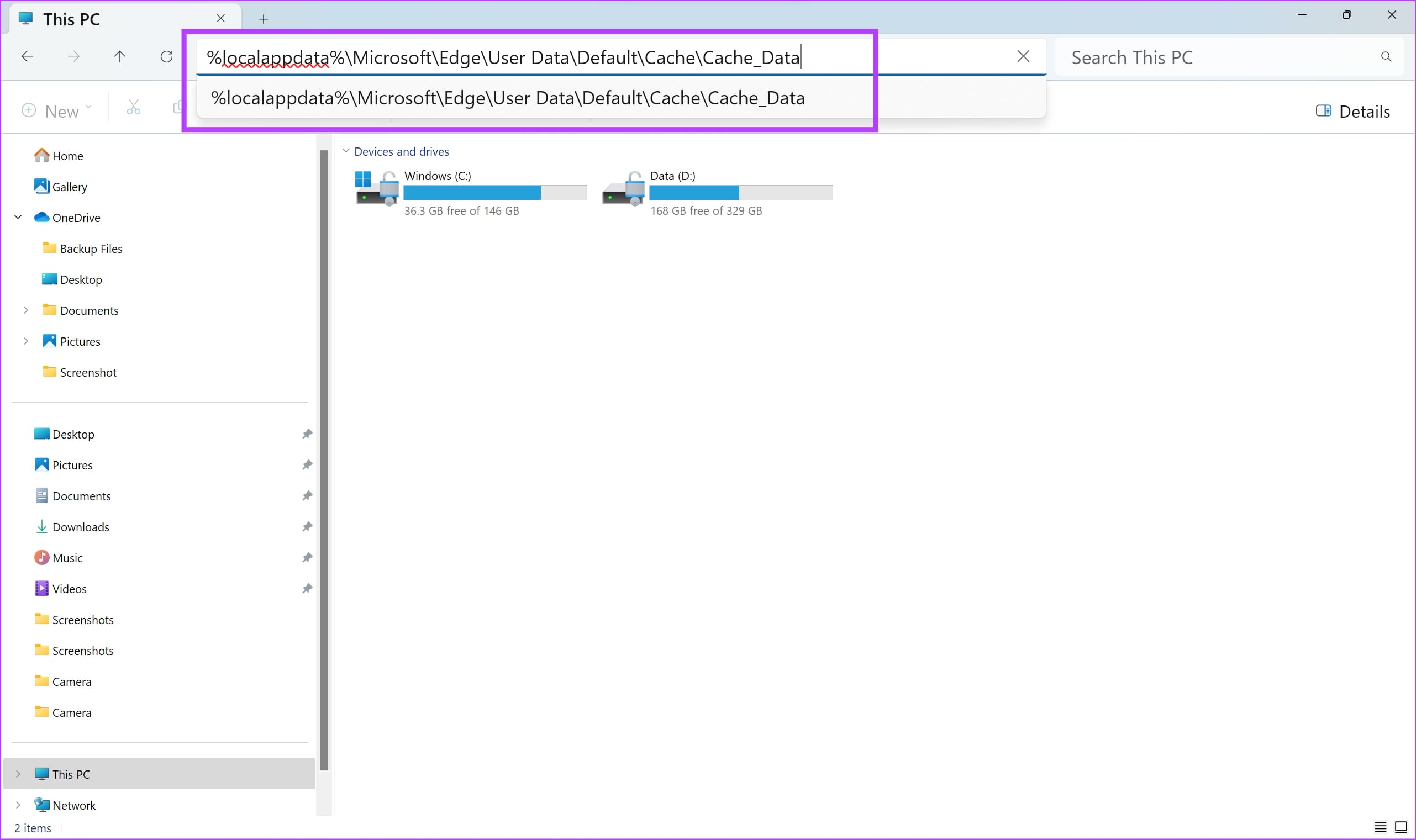
Select and delete all the contents of this ‘Cache’ folder.
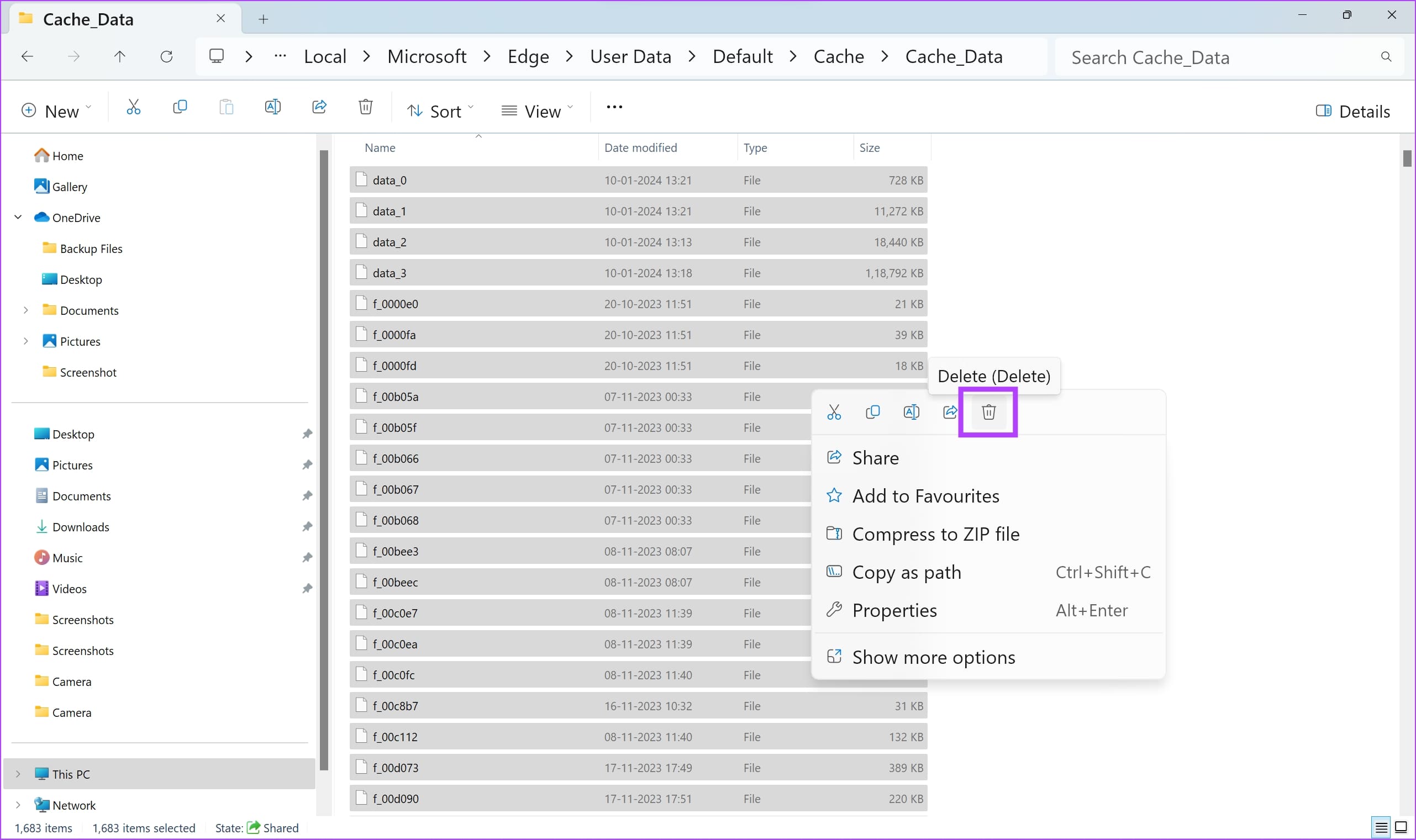
Similarly to clear cookies, paste the following path in the address bar on File Explorer. Select and delete the file called Cookies.
%localappdata%\Microsoft\Edge\User Data\Default\Network
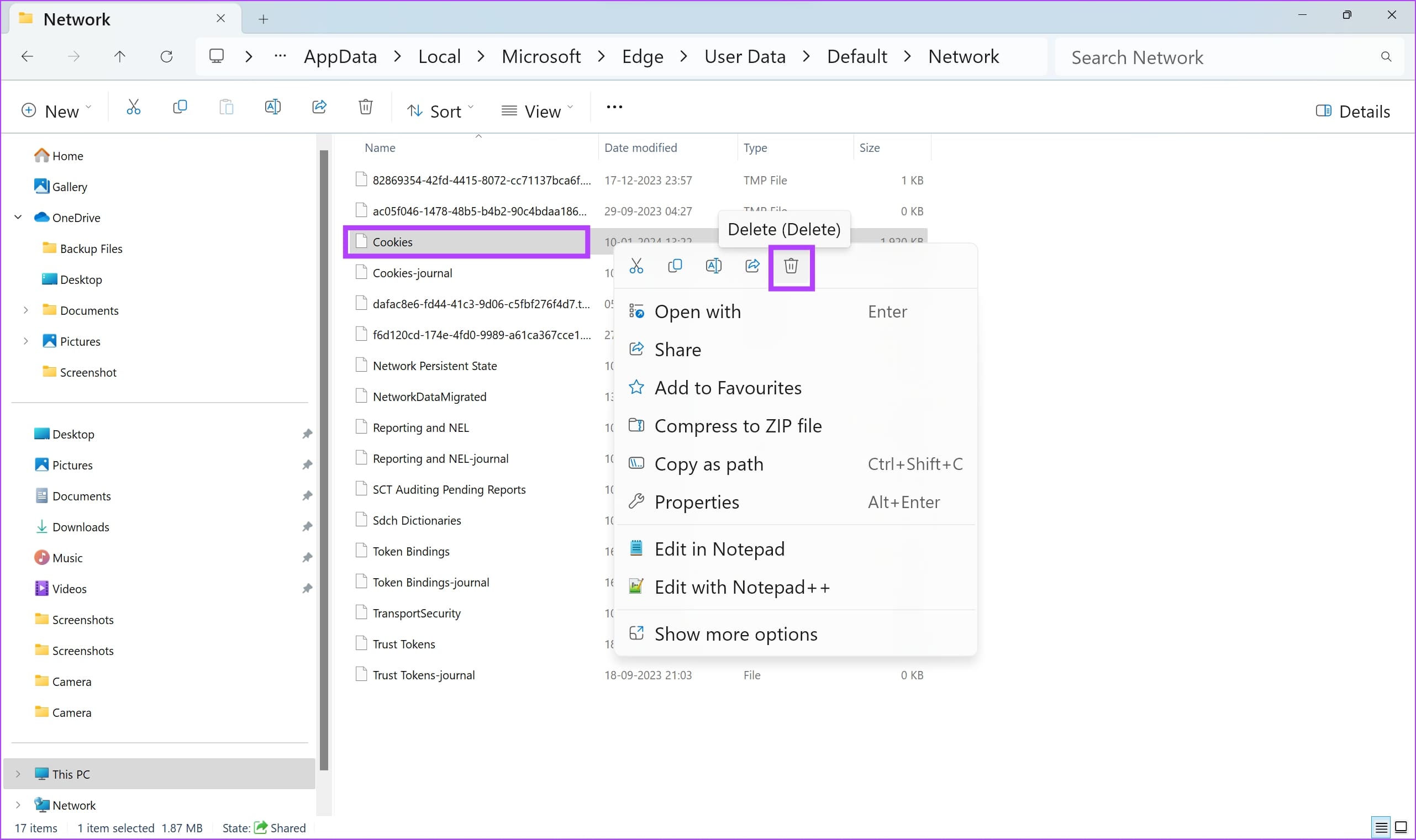
On Mac
To clear the Microsoft Edge cache on Mac, Control+click on Finder, select ‘Go to Folder’, and paste the following address.
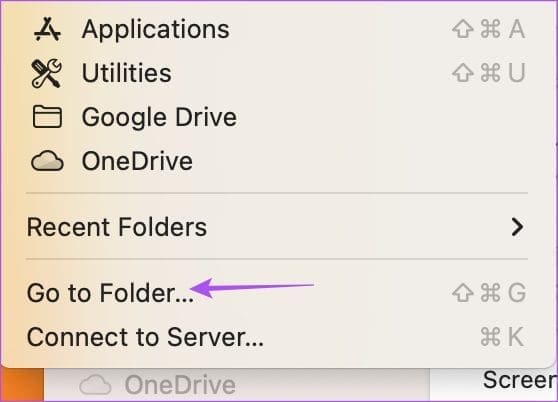
Select and delete all the contents in the Cache_Data folder.
Similarly to clear cookies, Control + click on Finder, select ‘Go to Folder’, and paste the following address.
Select and delete the file named Cookies.
Clear Microsoft Edge Cache on iPhone and Android
Here’s how you can clear cache and cookies on Microsoft Edge in the Android and iPhone apps.
Step 1: Open Microsoft Edge, and tap on the hamburger icon in the bottom right corner.
Step 2: Tap on Settings.
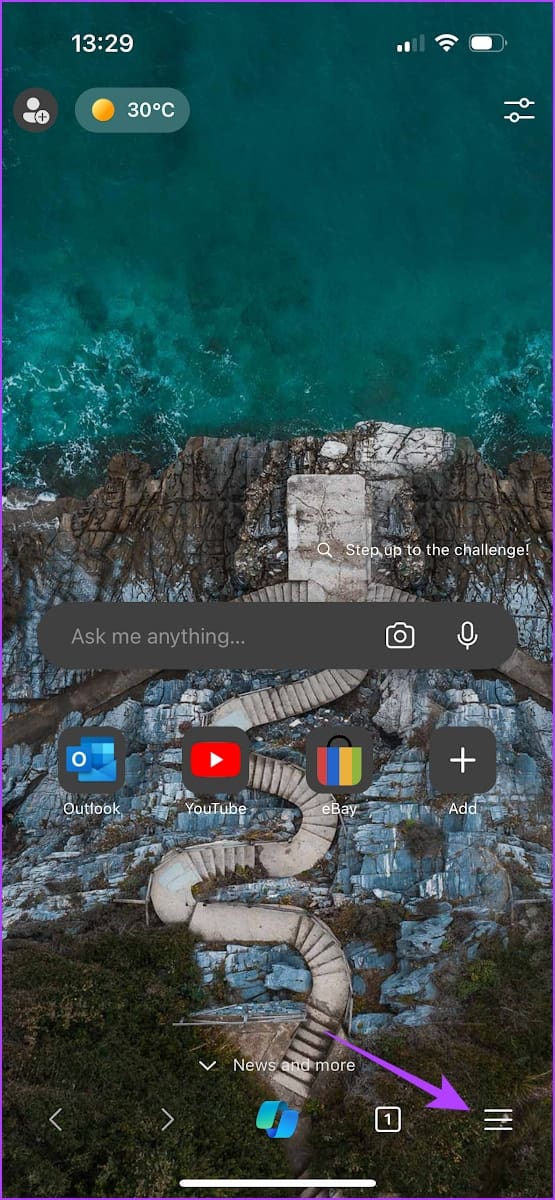
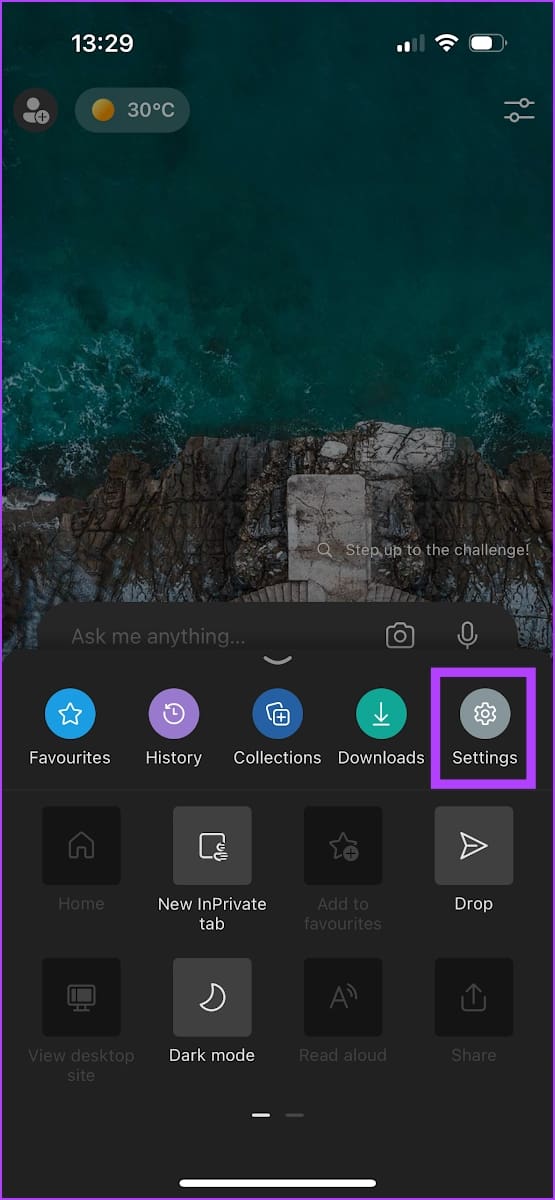
Step 3: Now, tap on ‘Privacy and Security’. Select ‘Clear browsing data’.
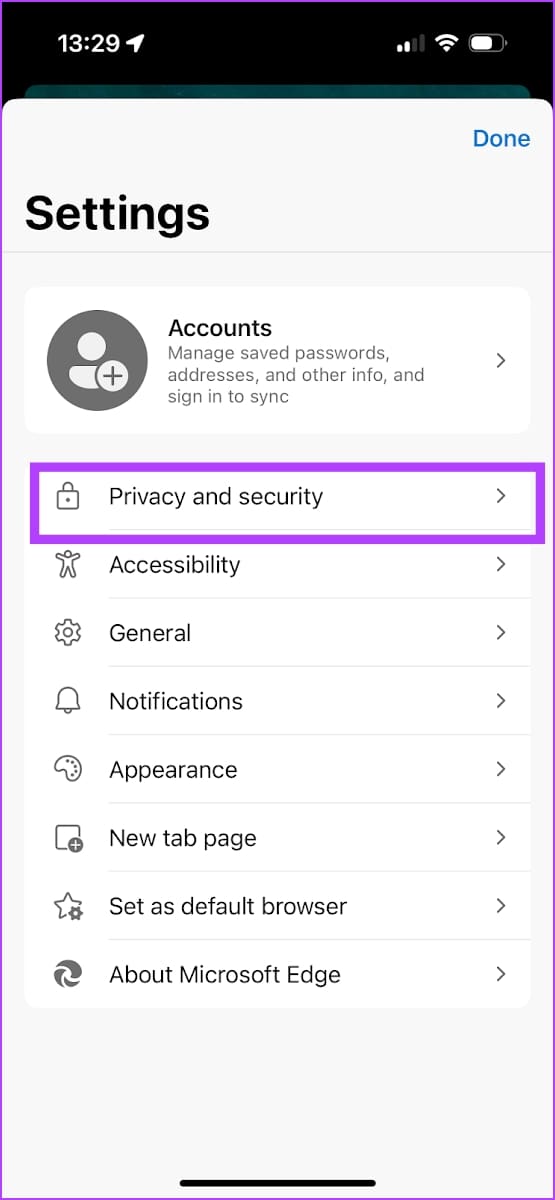
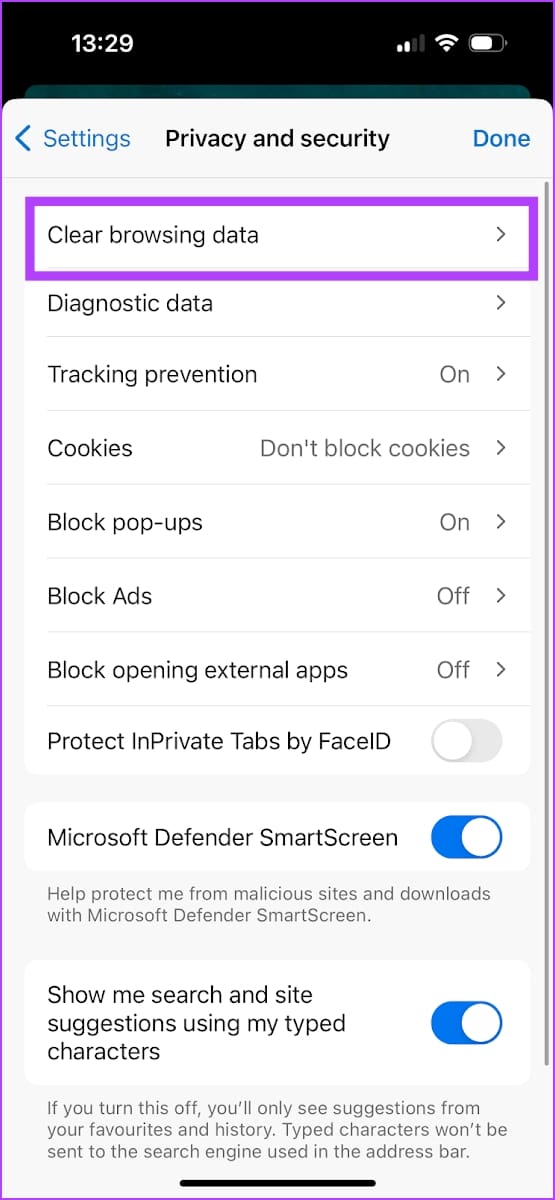
Step 4: Check the Cookies and Other Site Data and Cached Images and Files. You can also choose to clear other forms of data, such as browsing history and download history, that might pose a risk to privacy.
Warning: Leave the Passwords and Auto-fill Form Data boxes (further down the list) unchecked before proceeding. Otherwise, you will have to add passwords and also form data again.
Step 5: Tap on Time Range. Select the time range for which you want to delete. and go back.
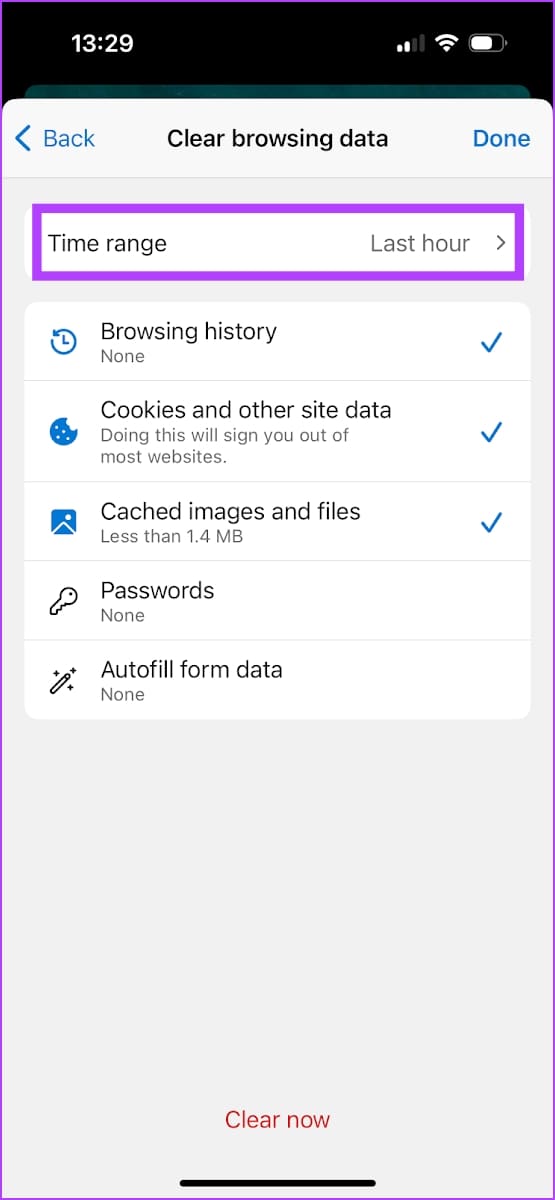

Step 6: Tap on Clear now. This will clear all the browsing data.
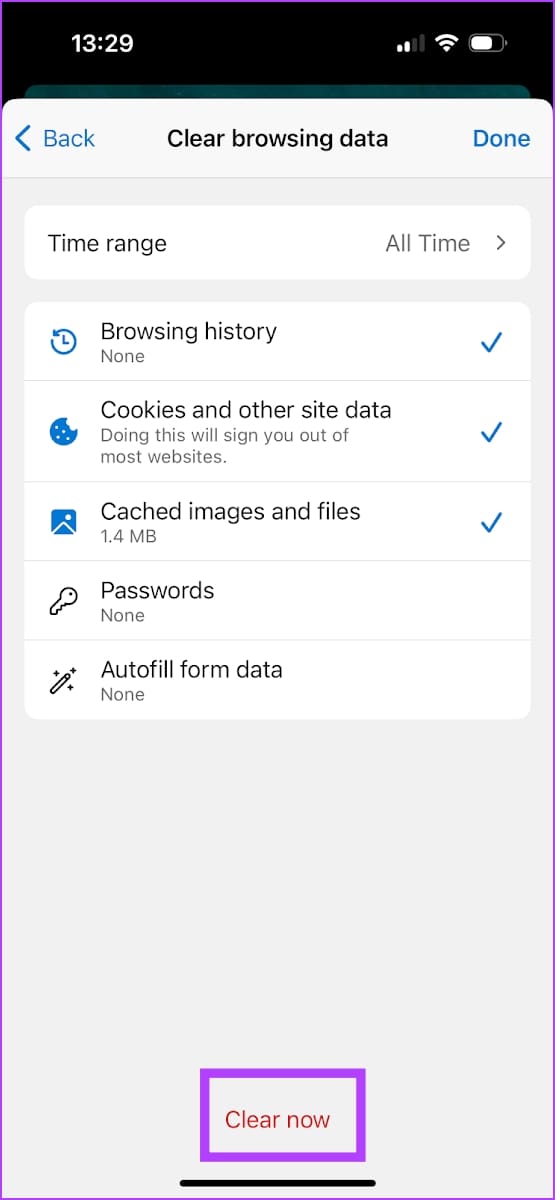
Delete All Junk Files on Microsoft Edge
We hope this article helps you delete cache and cookies on Microsoft Edge. If you’ve cleared it after a long time, you will certainly notice performance improvements. So, what is your preferred way to delete the cookies and cache in Microsoft Edge? Do drop in a comment below.
Was this helpful?
Last updated on 29 January, 2024
The article above may contain affiliate links which help support Guiding Tech. The content remains unbiased and authentic and will never affect our editorial integrity.

